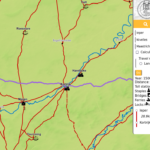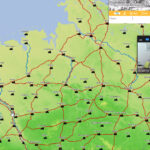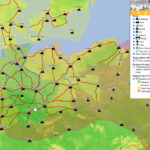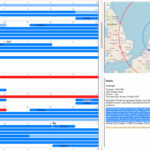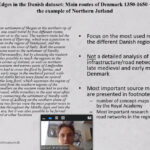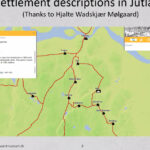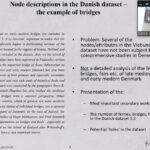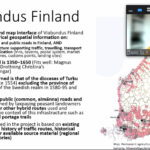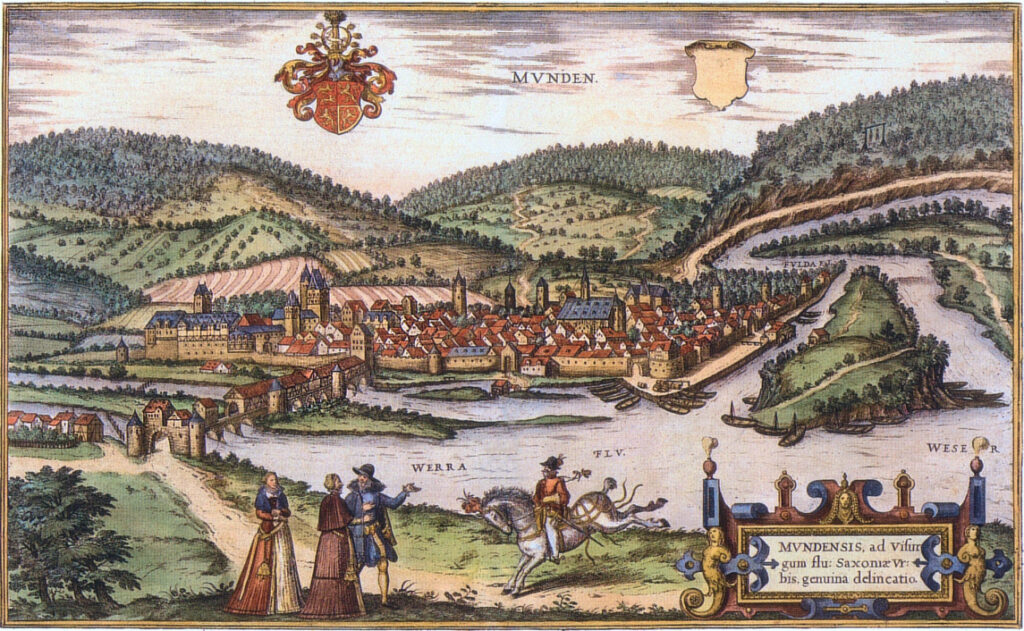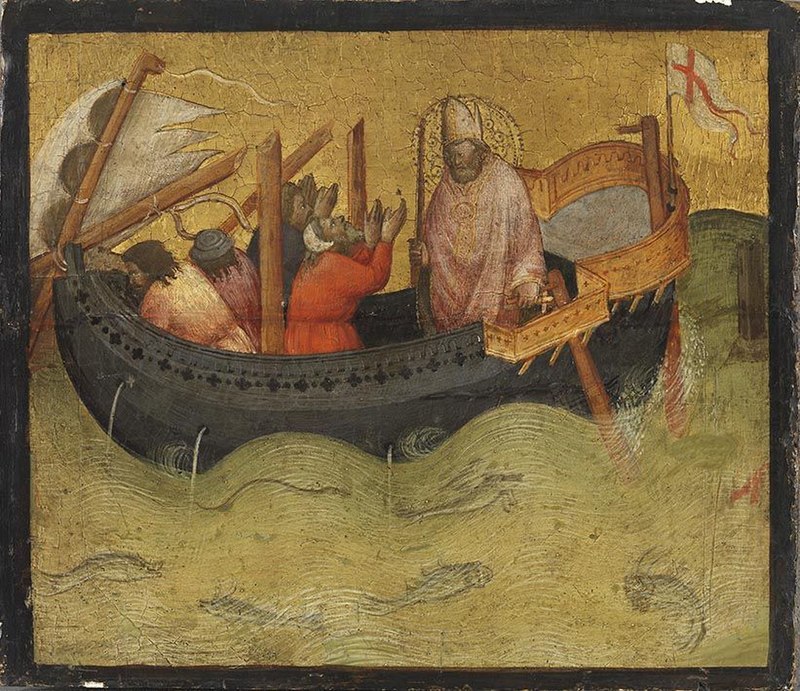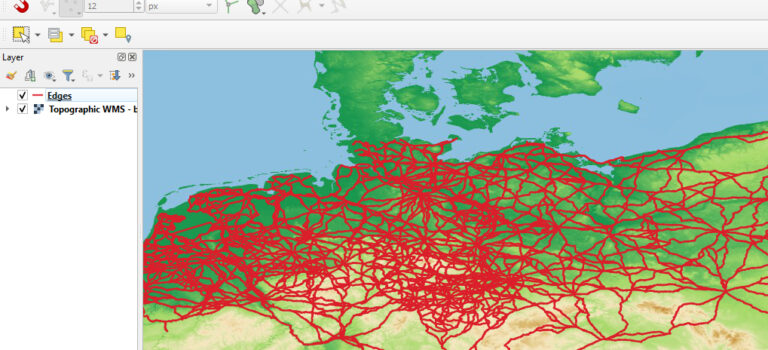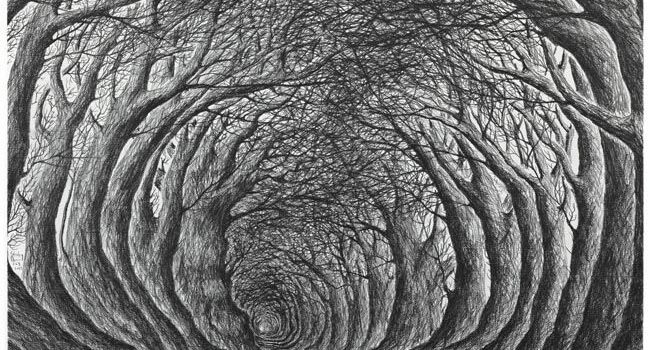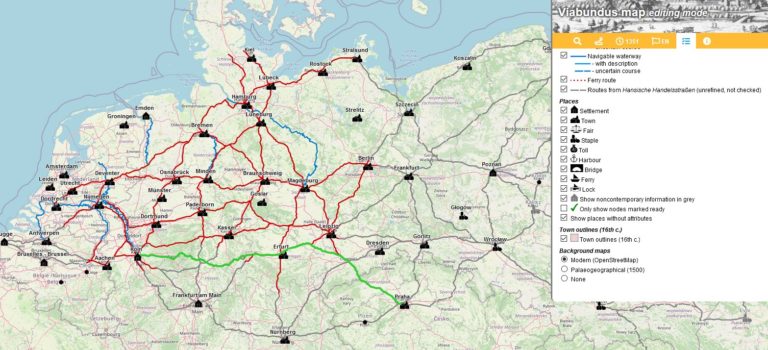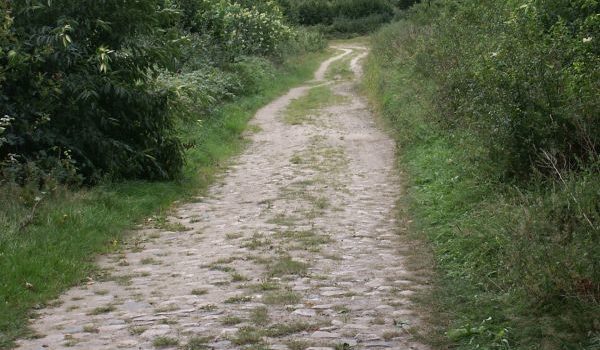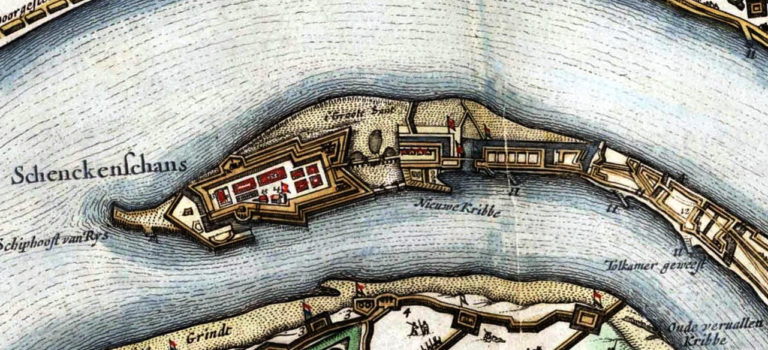Just as books are read one word at a time, roads are taken one step at a time.
Xuē Xīnrán 薛欣然
Almost four years after the initial idea we want to celebrate with you our first steps on the road and are proud to present where they led us: the publication of Viabundus 1.0
Join us for the roughly 90-minute presentation of the map and database and see for yourself what we made out of our journey so far. We’ll show you how the map and data look like and how you can use them for your research. On Monday, April 19th, 16:00 CEST, via Zoom. Register to get the login here: launch@viabundus.eu
The map will be published on www.viabundus.eu, the blog will move to blog.viabundus.eu
There is a time when ideas seem to be ripe, for that is what we experienced. From the time on when we started the project we came across quite a lot of similar projects around Europe and the US. While ORBIS already existed, viator-e of Spain is quickly making progress. The Historical Atlas of Poland very recently came to an end, while Viae Regiae is developing at a breath-taking pace. Mapping early France will start soon at St. Andrews, and the World Historical Gazetteer published its first version.
Our aim was to map the trade routes of Northern Europe for the time between 1350 and 1650, where hanseatic merchants were active. The atlas Die Hansischen Handelsstraßen (1963-1968) in the scale of 1:500.000 gave us a scientifically sound and source-based foundation for a first road network. Funding enabled us to get a much higher precision in northern Germany and Denmark and helped volunteers to enter data for the Netherlands. Partners in Finland, Poland and the United Kingdom still offer their help and data. The gazetteer of places along the roads and rivers comprises more than 10.000 entries on settlements, fairs, staples and customs and several elements more.
While applying for a grant we once told the board in an interview: “Well, sure not everything is clear at this stage, but someone has to start and things will find their place”. Unsurprisingly this didn’t convince them then, but the application was successful, nevertheless. It was – and still is – a huge learning process for all in the ever-growing team of researchers with backgrounds in archaeology, history and Geography. Historians had to develop databases, Geographers had to learn about the pitfalls of historical tradition, all had to learn about historical geography. For that reason, the map cannot be “complete” if ever this could apply to a digital map. There is a lot to do to make the platform more open for data exchange and connection, the technology more sound, the content richer. We want to apply all the tools out there. But then, “roads are to be taken step by step” and we will to travel further along that road.
Three babies were born during the project, three weddings and a Ph.D. have been celebrated. But we also mourn the loss of the author of the original atlas, Hugo Weczerka, who died at the age of 91 on March 31st 2021.
